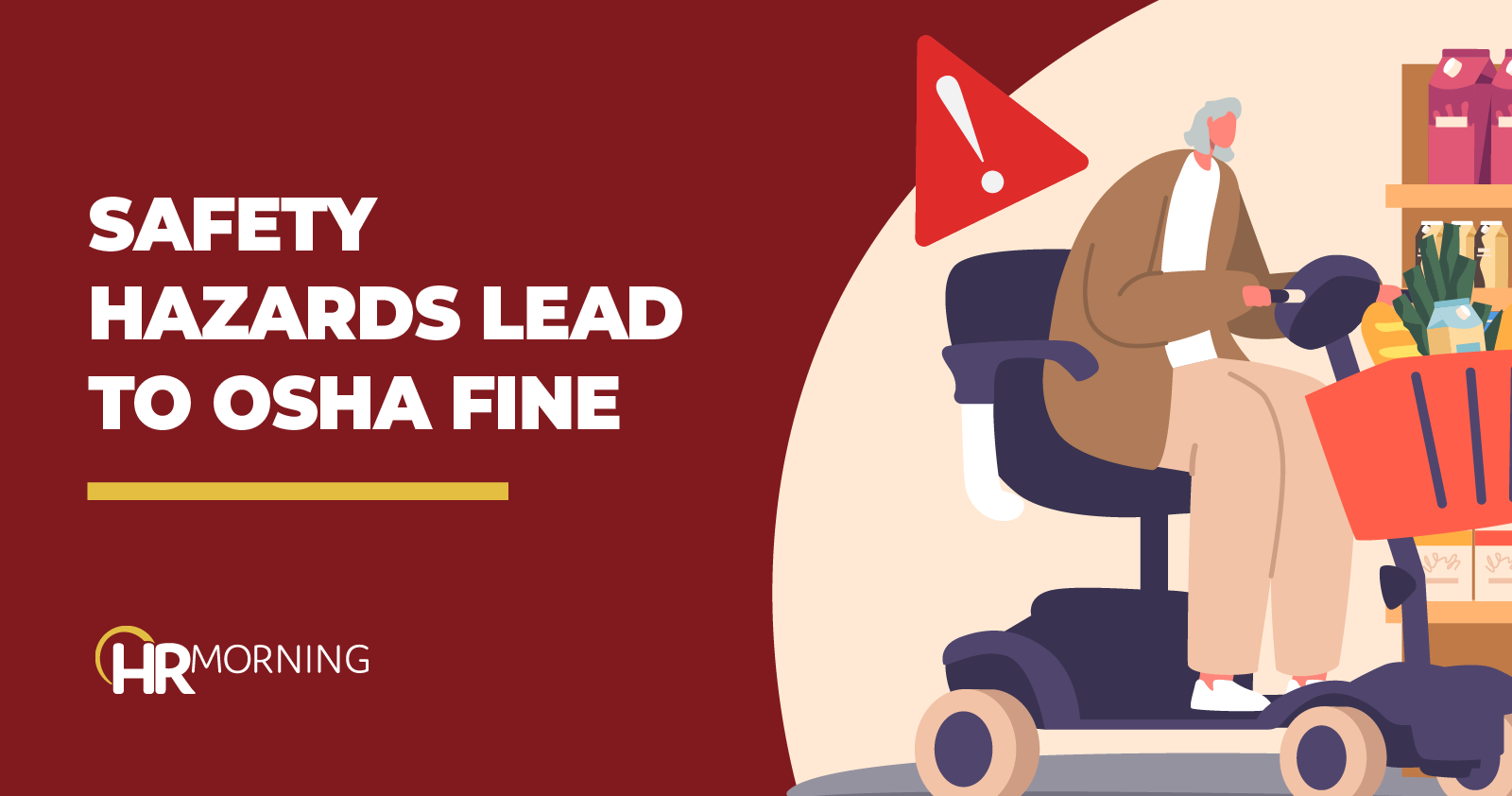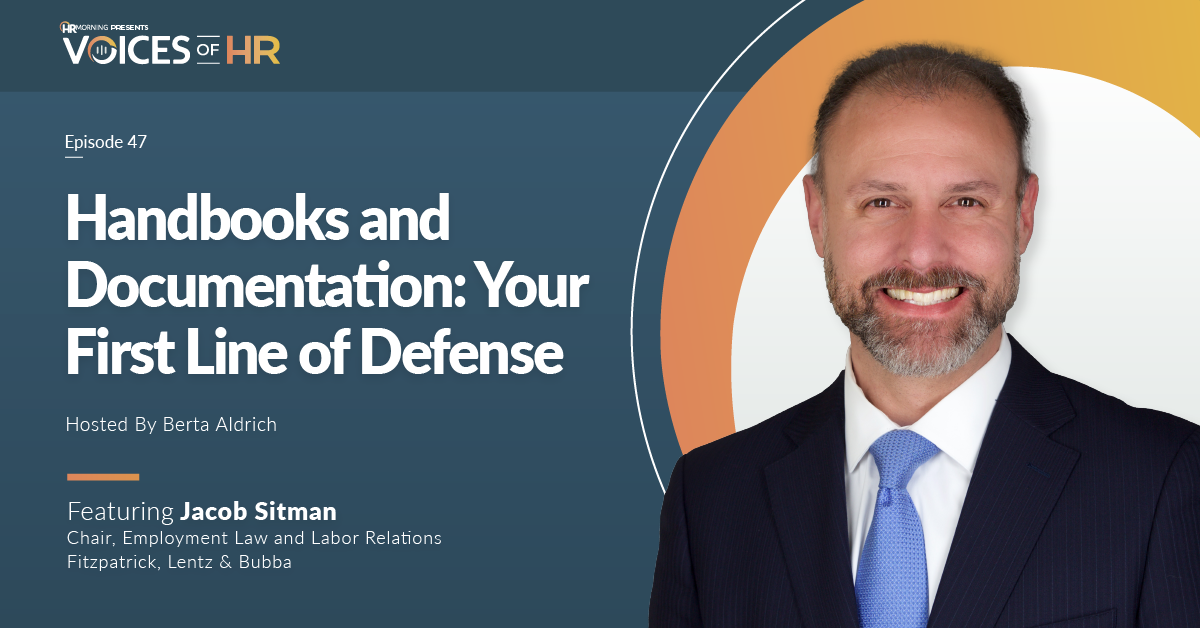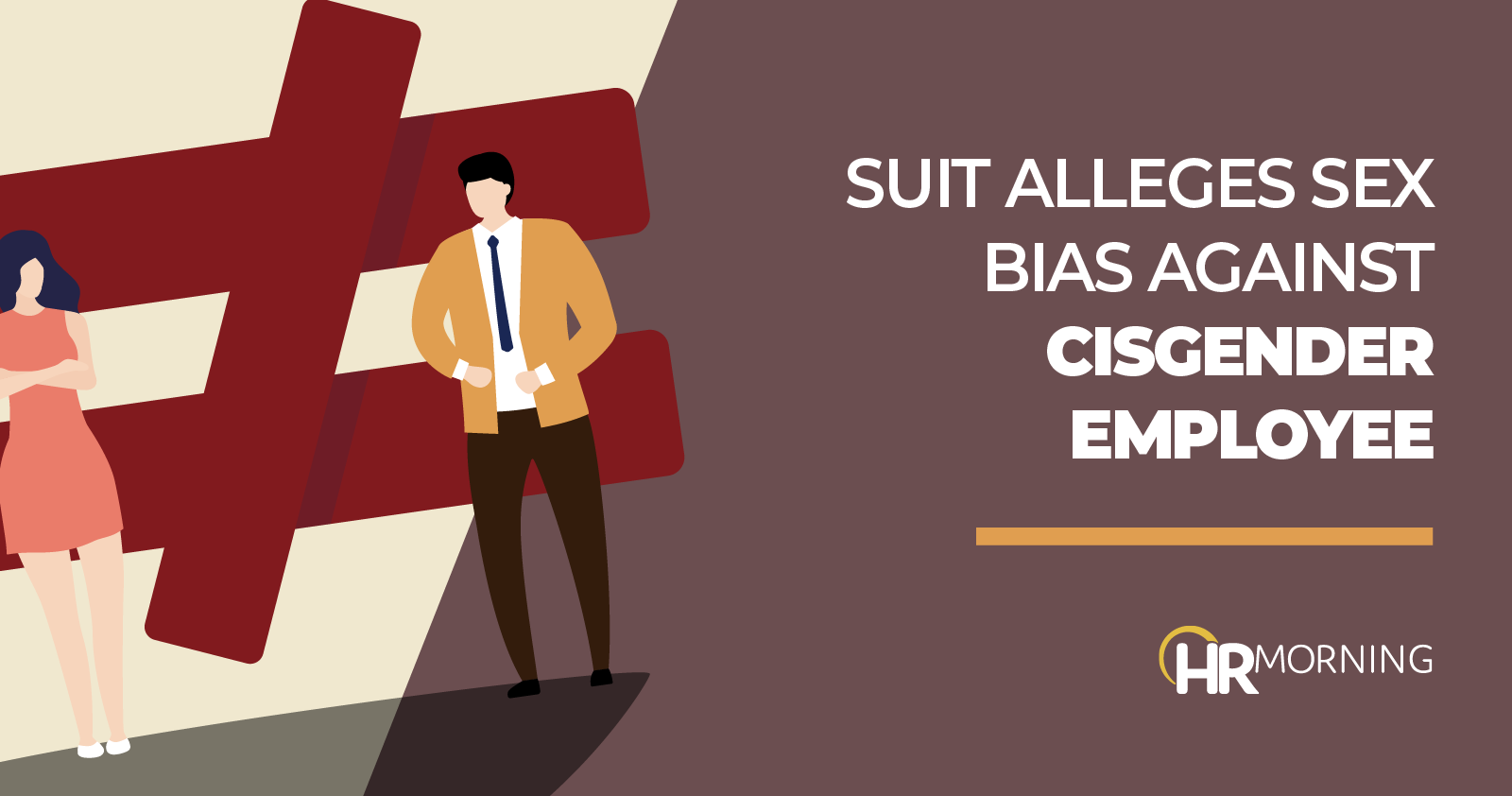OSHA: Lack of Crane Safety Protocols Led to Worker’s Death
An OSHA investigation determined a worker died on the job because a Tampa-area construction contractor failed to ensure ground conditions were adequate to support a crane. Here’s what happened. Workplace accident in highway construction zone In October 2023, two Florida construction contractors – Adcock Cranes and Concrete Impressions – were working on a highway ramp…





